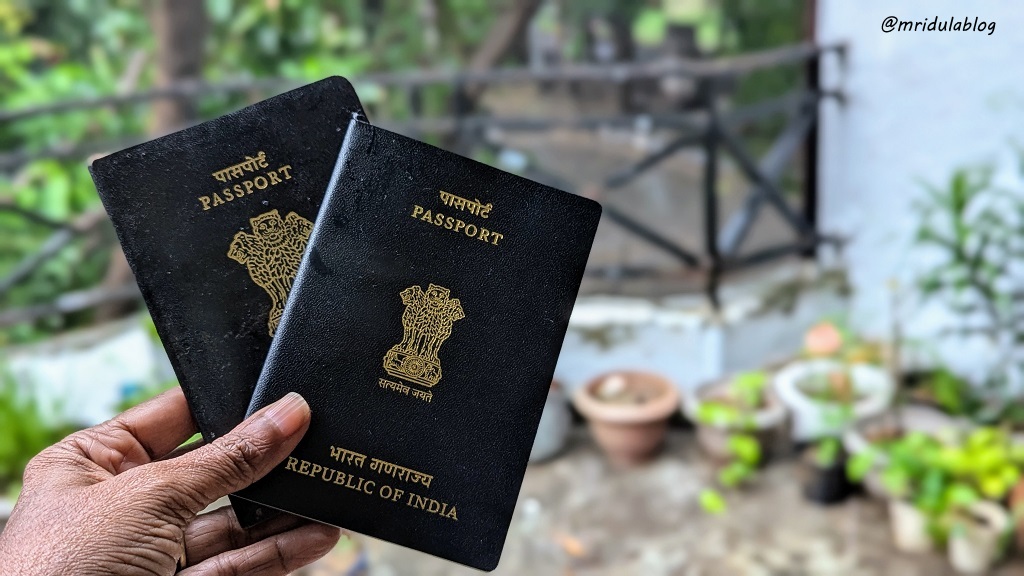The landscape of financial transactions is continually evolving, with new technologies making payments faster, more efficient, and secure. In India, two of the most prominent systems facilitating these transactions are the National Electronic Funds Transfer (NEFT) and the Unified Payments Interface (UPI). While both NEFT and UPI serve the primary function of transferring funds between parties, they do so in different ways and are suited for various use cases. This article will explore how NEFT compares to UPI for both domestic and international payments, with attention to aspects like ease of use, security, and compatibility with wallet payments.
Understanding NEFT
NEFT is an older payment system regulated by the Reserve Bank of India (RBI). Introduced in November 2005, NEFT allows individuals to transfer funds electronically from one bank account to another within the country. Here are some key features of NEFT:
1. Batch Processing: NEFT transactions are processed in batches. Although it originally operated during bank working hours, NEFT is now available 24×7, facilitating round-the-clock transactions.
2. Transaction Limits: NEFT doesn’t impose any minimum limit on the amount of money that can be transferred. However, there may be maximum limits imposed by individual banks.
3. Timeframe: Transactions typically take around 30 minutes to 2 hours to process, depending on when the request was made.
4. International Use: NEFT is primarily for domestic transactions. For international transactions, alternative systems like SWIFT are used.
Understanding UPI
Unified Payments Interface (UPI) is a newer, innovative system developed by the National Payments Corporation of India (NPCI). Launched in 2016, UPI allows real-time transfers between bank accounts using a mobile device. Its key features include:
1. Ease of Use: UPI uses a virtual payment address (VPA) to facilitate transactions, eliminating the need to enter sensitive information like bank account details.
2. Instant Transfers: Unlike NEFT, UPI transfers are processed instantly, making it highly suitable for retail transactions.
3. Flexibility: UPI can be integrated with digital wallets (wallet payments), adding another layer of convenience for users.
4. Transaction Limits: UPI transactions generally have a maximum limit of INR 1 lakh per transaction, although this may vary by bank.
5. International Use: UPI is primarily for domestic transactions, but there are ongoing efforts to extend its capabilities for international payments.
Comparison: NEFT vs UPI
Ease of Use
– NEFT: Requires more detailed information, including bank account numbers, IFSC codes, and beneficiary names. This can make it cumbersome, especially for tech-savvy users accustomed to instant gratification.
– UPI: Simplifies the process by using VPAs and QR codes for transactions, making it a preferred option for quick, small payments and wallet payments.
Transaction Speed
– NEFT: Slower due to batch processing but suitable for high-value transactions where speed is not a critical factor.
– UPI: Facilitates instant transfers, ideal for everyday transactions requiring immediate confirmation.
Security
– NEFT: Maintains high security standards regulated by RBI, requiring stringent verification processes.
– UPI: While secure, its ease of use and popularity have made it a target for fraud. Nonetheless, constant updates and security measures are being implemented to mitigate risks.
Integration with Wallet Payments
– NEFT: Less compatible with wallet payment due to its traditional banking structure.
– UPI: Highly compatible; users can seamlessly link UPI with various digital wallets for enhanced convenience.
International Transactions
– NEFT: Not designed for international transfers, making it less useful for users with frequent global payment needs.
– UPI: Currently limited to domestic use but has potential for future international expansion.
Fees
– NEFT: Generally, banks may charge a nominal fee for NEFT transactions, especially for larger amounts.
– UPI: Typically free or incurs minimal costs, making it a cost-effective option for small, frequent transactions.
Conclusion
In summary, NEFT and UPI serve distinct, yet complementary roles in the payment ecosystem. NEFT remains indispensable for large, time-sensitive domestic transactions, thanks to its robust security and regulatory oversight. Conversely, UPI shines in its simplicity, speed, and integration with digital wallets, making it the go-to option for everyday transactions and wallet payments.
While both systems are currently limited in their international capabilities, the evolving fintech landscape promises exciting developments ahead. Whether you opt for NEFT, or UPI depends largely on your specific transaction needs be it for high-value transfers, daily purchases, or compatibility with wallet payments. Both systems, however, are pivotal in driving India’s digital payment revolution, each with its unique advantages and limitations.






























